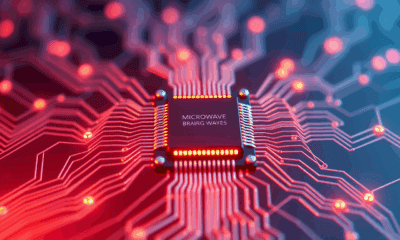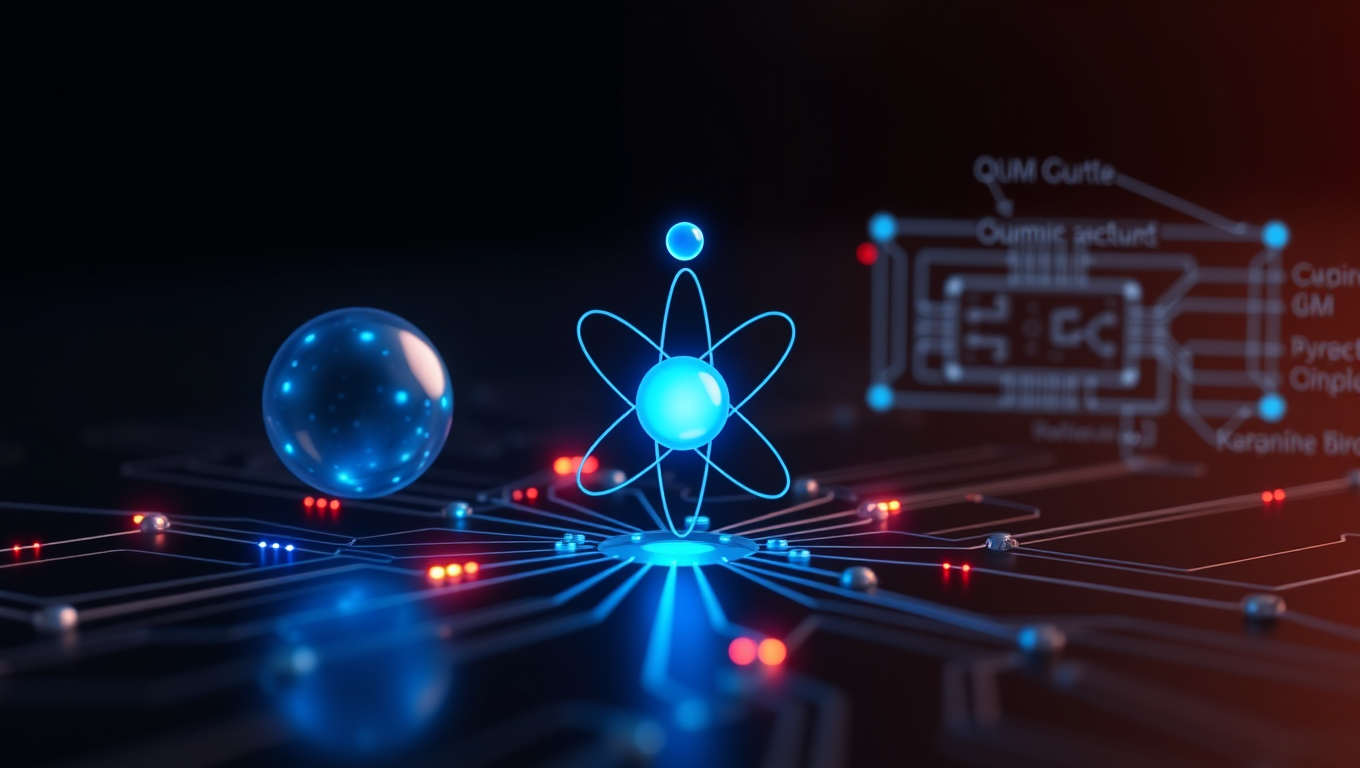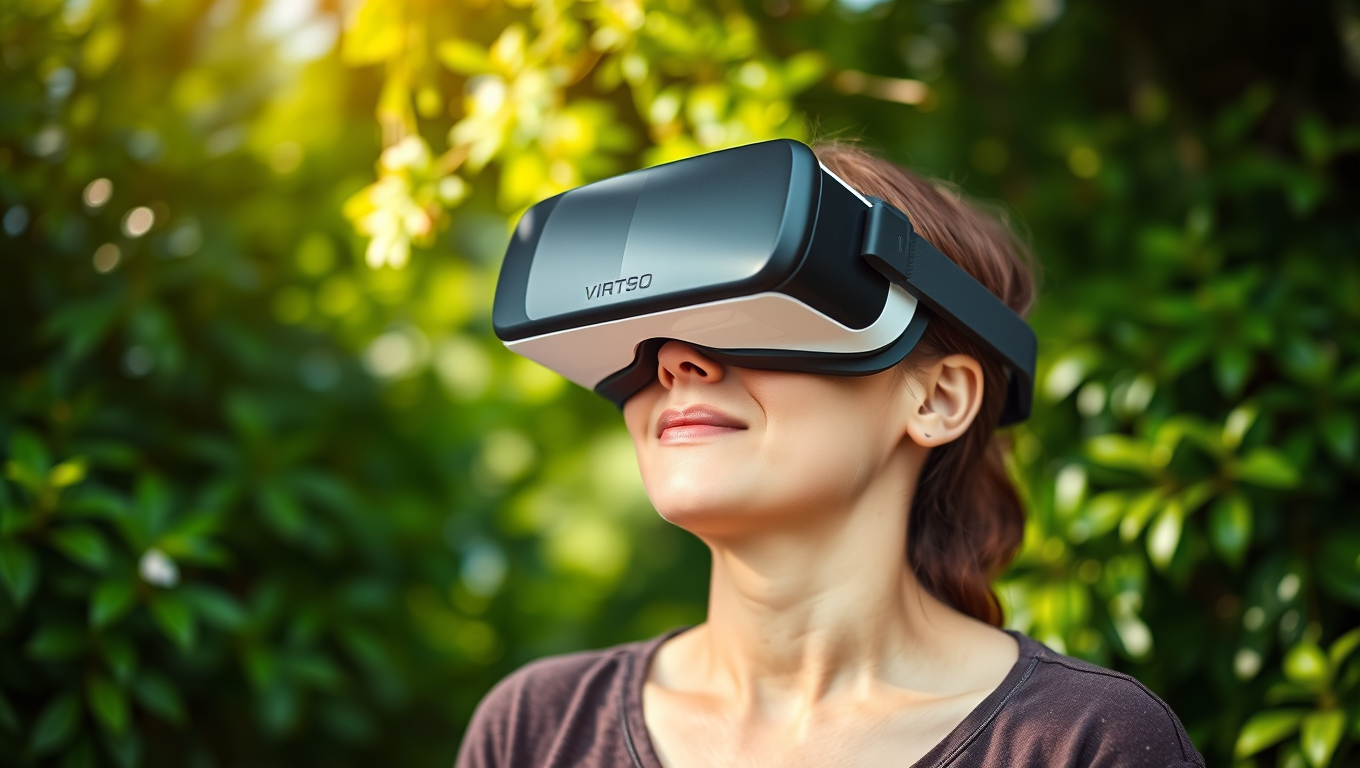While we try to keep things accurate, this content is part of an ongoing experiment and may not always be reliable.
Please double-check important details — we’re not responsible for how the information is used.
Computer Graphics
The Quiet Threat to Trust: How Overreliance on AI Emails Can Harm Workplace Relationships
AI is now a routine part of workplace communication, with most professionals using tools like ChatGPT and Gemini. A study of over 1,000 professionals shows that while AI makes managers’ messages more polished, heavy reliance can damage trust. Employees tend to accept low-level AI help, such as grammar fixes, but become skeptical when supervisors use AI extensively, especially for personal or motivational messages. This “perception gap” can lead employees to question a manager’s sincerity, integrity, and leadership ability.

Computer Graphics
Cracking the Code: Scientists Breakthrough in Quantum Computing with a Single Atom
A research team has created a quantum logic gate that uses fewer qubits by encoding them with the powerful GKP error-correction code. By entangling quantum vibrations inside a single atom, they achieved a milestone that could transform how quantum computers scale.
Child Development
Pain Relief Without Pills? VR Nature Scenes Activate Brain’s Healing Switch
Stepping into a virtual forest or waterfall scene through VR could be the future of pain management. A new study shows that immersive virtual nature dramatically reduces pain sensitivity almost as effectively as medication. Researchers at the University of Exeter found that the more present participants felt in these 360-degree nature experiences, the stronger the pain-relieving effects. Brain scans confirmed that immersive VR scenes activated pain-modulating pathways, revealing that our brains can be coaxed into suppressing pain by simply feeling like we re in nature.
Artificial Intelligence
Transistors Get a Boost: Scientists Develop New, More Efficient Material
Shrinking silicon transistors have reached their physical limits, but a team from the University of Tokyo is rewriting the rules. They’ve created a cutting-edge transistor using gallium-doped indium oxide with a novel “gate-all-around” structure. By precisely engineering the material’s atomic structure, the new device achieves remarkable electron mobility and stability. This breakthrough could fuel faster, more reliable electronics powering future technologies from AI to big data systems.
-

 Detectors7 months ago
Detectors7 months agoA New Horizon for Vision: How Gold Nanoparticles May Restore People’s Sight
-

 Earth & Climate9 months ago
Earth & Climate9 months agoRetiring Abroad Can Be Lonely Business
-

 Cancer8 months ago
Cancer8 months agoRevolutionizing Quantum Communication: Direct Connections Between Multiple Processors
-

 Albert Einstein9 months ago
Albert Einstein9 months agoHarnessing Water Waves: A Breakthrough in Controlling Floating Objects
-

 Earth & Climate8 months ago
Earth & Climate8 months agoHousehold Electricity Three Times More Expensive Than Upcoming ‘Eco-Friendly’ Aviation E-Fuels, Study Reveals
-

 Diseases and Conditions9 months ago
Diseases and Conditions9 months agoReducing Falls Among Elderly Women with Polypharmacy through Exercise Intervention
-

 Chemistry8 months ago
Chemistry8 months ago“Unveiling Hidden Patterns: A New Twist on Interference Phenomena”
-

 Agriculture and Food8 months ago
Agriculture and Food8 months ago“A Sustainable Solution: Researchers Create Hybrid Cheese with 25% Pea Protein”





























